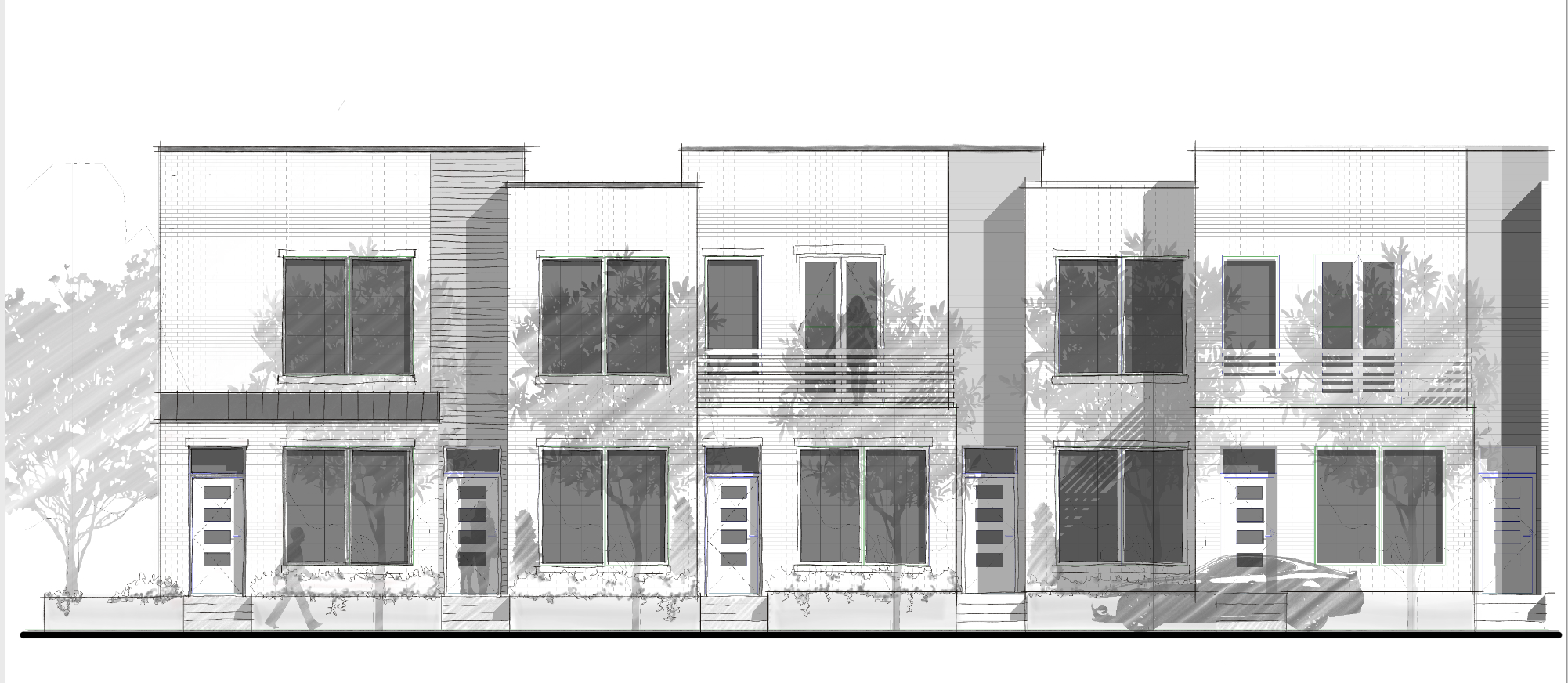In the world of real estate development, finding innovative ways to revitalize neighborhoods is a constant challenge. One approach that has gained traction in recent years is infill development. This strategy involves utilizing vacant or underutilized spaces within existing urban areas to create new properties and breathe life into overlooked neighborhoods. In this blog post, we will explore the impact of infill development on neighborhood revitalization and how it can benefit both the community and real estate developers.
1. Understanding Infill Development: A Catalyst for Change
Infill development refers to the process of constructing new buildings on vacant lots or redeveloping underutilized properties within established neighborhoods. Rather than expanding outward, infill development focuses on maximizing the potential of existing spaces, often in close proximity to amenities and existing infrastructure. This approach not only helps combat urban sprawl but also fosters community engagement and creates a sense of place.
2. Enhancing Community Connectivity and Walkability
One of the significant advantages of infill development is its ability to enhance community connectivity and walkability. By bringing new residential, commercial, and mixed-use properties to existing neighborhoods, it encourages residents to rely less on cars and embrace alternative modes of transportation. Well-designed infill projects incorporate pedestrian-friendly elements such as sidewalks, bike lanes, and public spaces, which promote a healthier lifestyle and foster social interactions among residents.
3. Preserving Local Character and Heritage
Another vital aspect of infill development is its potential to preserve the local character and heritage of a neighborhood. Instead of tearing down entire blocks or demolishing historical structures, infill development seeks to integrate new buildings seamlessly with the existing urban fabric. By respecting the architectural style and scale of the surrounding area, infill projects contribute to preserving the unique identity and charm that drew people to the neighborhood in the first place.
4. Addressing Housing Affordability and Density
Infill development can play a significant role in addressing housing affordability and density concerns within established neighborhoods. By utilizing vacant lots, abandoned buildings, or outdated properties, developers have the opportunity to create new housing options that cater to various income levels. The addition of well-designed, affordable housing units not only provides options for those looking for more affordable living arrangements but also helps address the housing shortage many cities are facing. An affordable housing architect is an excellent addition to the development team, ensuring that the design meets the requirements for any potential tax incentives available for affordable housing design and development.
5. Boosting Economic Growth and Investment
Beyond its impact on the community, infill development can also provide substantial economic benefits. By revitalizing underutilized areas, infill projects attract new investments and businesses, leading to increased economic growth. The introduction of commercial spaces, restaurants, and amenities improves the overall quality of life for residents and creates job opportunities for the local workforce. This economic stimulation can contribute to the long-term sustainability and prosperity of the neighborhood.
Infill development has the potential to be a powerful tool for real estate developers aiming to revitalize neighborhoods. Its ability to enhance community connectivity, preserve local character, address housing affordability, and stimulate economic growth creates a win-win situation for both developers and the community at large. By embracing infill development strategies intelligently and responsibly, real estate developers can play a pivotal role in transforming underutilized neighborhoods into vibrant and thriving communities.



